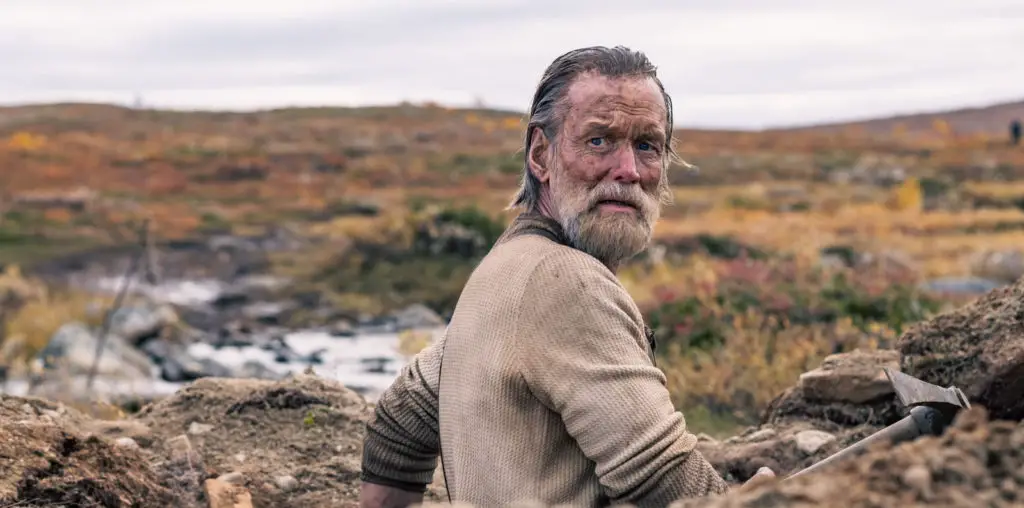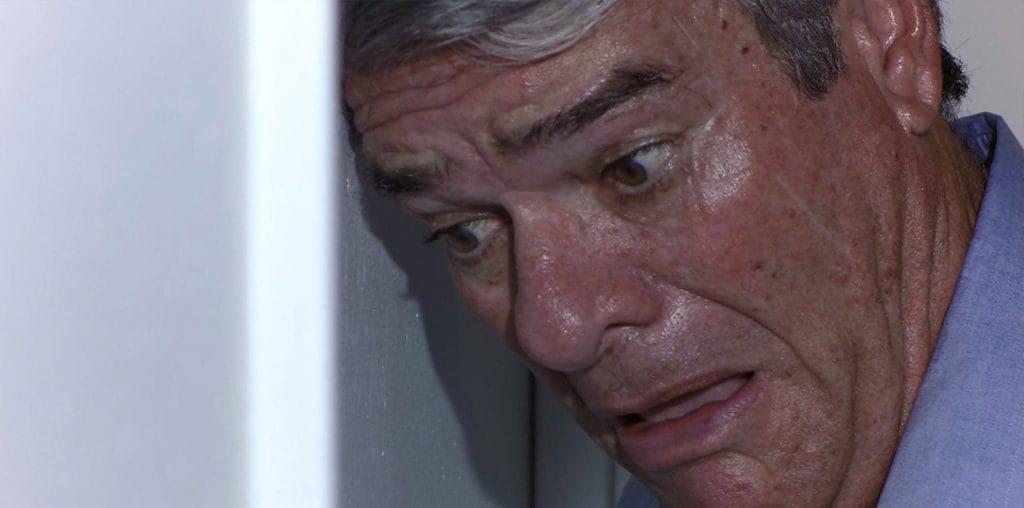
It is truly unfortunate that most American audiences have predominantly been exposed to the worst entries in Toho Studio’s long running Godzilla series. Strangely enough, even though US television has embraced poorly dubbed, pan and scan versions of the more forgettable films in the saga (GODZILLA VS. THE SMOG MONSTER, 1971, GODZILLA VS. GIGAN, 1972, MONSTER ZERO, 1965, etc.), the mighty green one has found one of his largest fan bases within the States. The release of the twenty-second (and supposedly final) Godzilla film, GODZILLA VS. DESTROYER (1995) cleverly concludes the saga by offering both an exhilarating display of special effects wizardry and a return to the allegorical vision of post WWII Japan present in Inoshiro Honda’s original 1954 classic.
For those who have not kept up with the series over throughout the late 80’s and into the 90’s by scrambling for English dubbed European imports, bootlegs with homegrown English subtitles or original Japanese releases – Godzilla was thankfully stolen back from adolescent audiences when Toho released GODZILLA 1985. The king of monsters was no longer presented as a cuddly protector of the Japanese way of life. He was once again an unstoppable, colossal force. In Honda’s original film, Godzilla was a destructive tyrant brought into existence by an atomic explosion a-la Hiroshima or Nagasaki. He was a 400 foot metaphor for America. Attracted to Japanese power sources, the beast leveled Japanese cities with little or no regard for the human life under foot. GODZILLA VS. DESTROYER returns to this theme forty one years later and bookends the series by not just redirecting the accusatory finger at the red, white and blue menace, but it also questions Japan’s current status as the figurehead of global technology.
Much to the distress of G-Force (the team of human watchdogs assigned to protect the world from vicious city-stomping creatures), Godzilla is infected with a gene-altering disease while battling Space Godzilla back in 1994. As a result, he is rapidly transforming into a bright orange, walking atom bomb. If attacked with traditional weaponry it could mean the end of the human race. To make matters worse, a top secret team of scientists who are attempting to recreate the original oxygen destroying bomb (a device that sucks all oxygen from the immediate area and reduces living matter to a pile of bones and dust) accidentally awaken The Destroyer; a mutated organism that was called into existence when the original oxygen bomb was dropped on Godzilla back in 1954. G-Force has no other alternative than to try to use Japan’s own genetic monstrosity to battle Godzilla, even though The Destroyer may be turn out to be just as dangerous as the feared atomic explosion.
Fans of big ole explosions and screaming innocents will not be bogged down by what may sound like a thematic dark cloud. In fact, GODZILLA VS. DESTROYER may be the most action packed film in the whole series. It begins with the king ripping through Hong Kong and does not stop for a breath until the credits roll. Like the other films made since Toho’s overhaul in 1985, the special effects are top notch (have no fear doubters…the days of creaky rubber suits, cheap snap-together model buildings and Red Devil fireworks explosions are long since over). The film also softens the heavy handed ecological concerns and the easy morality of the last couple of episodes and serves up instead a nihilistic finale – a grim epitaph for post WWII Japan that reads not like a nationalistic cheer of “look at how far we have come”, but a horrified cry of “look at what we have become”.
Samurai Video offers the best quality English subtitled version currently on the market. The tape comes in a clamshell box with a reproduction of the original Japanese video box art and includes the letterboxed feature as well as several trailers and a toy commercial. Video Search of Miami also offers a letterboxed version, but the video quality is noticeably darker and grainier.

